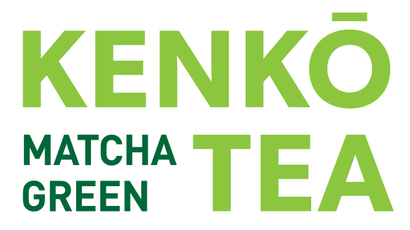Matcha powder is very good I really enjoy it .the 3 pieces set very good it’s very easy to drink
Such a vibrant matcha with authentic taste
Excellent quality and very good matcha. I’d definitely recommend it to anyone wanting to try matcha and wanting a complete kit.
This ceremonial grade matcha whisks, without sieving, to be soft and smooth and mellow. For me, this is sufficient for it to be called, perfect.
Thank you. From John
